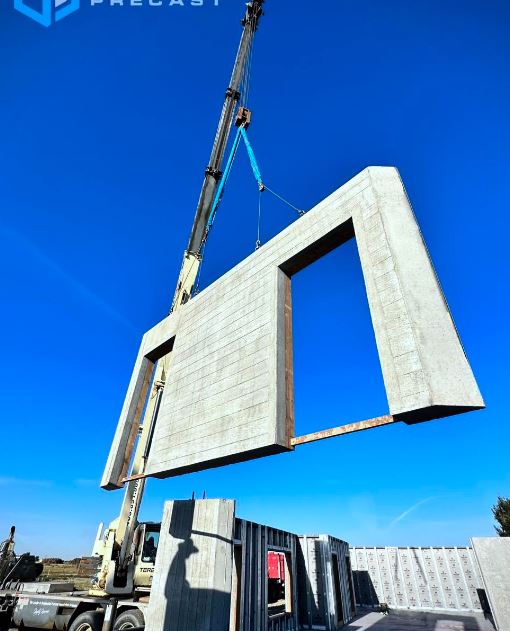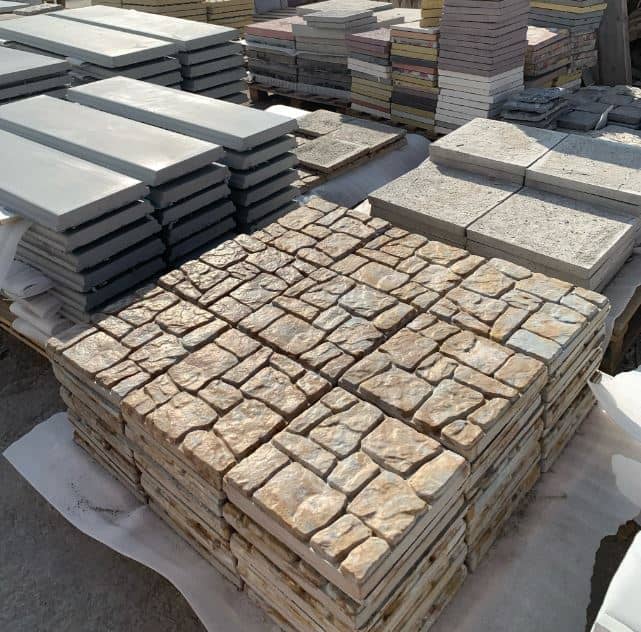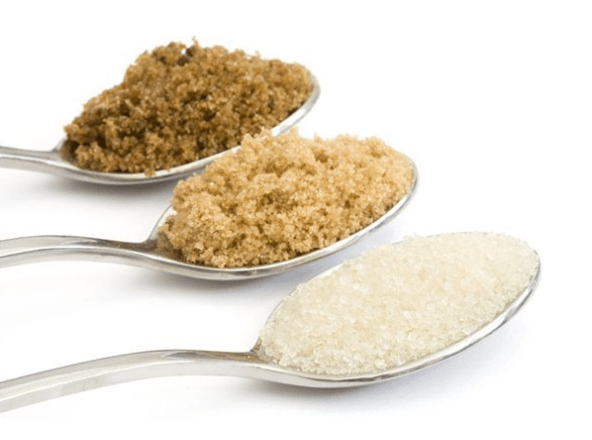Building a house is not just about the design but also the construction. Learning about construction and materials as a building owner will make it easier for homeowners to recognise the ins and outs of the building. By knowing this field, you can give a solution for some problems that occur in construction. But have you ever heard about adding sugar to concrete? What is sugar in concrete? It may sound weird, but it can be part of the construction material-making process.
Concrete is one of the building materials. Concrete has a big part as a structure and building component. This material is also a primer material for infrastructure projects. Concrete is easy to get and also durable. However, a big-scale project, distant location, and hot weather can be problems in infrastructure construction due to concrete hardening time. Imagine that the concrete fabric needs to send the material soon to a distant place and already hardening. It will harm the construction. It can delay the construction or even need to re-do the making of the concrete. That is why concrete needs a retarder to slow the hardening of concrete. One retardant that works well is sugar.
What is sugar in concrete?
Sugar is a soluble carbohydrate which has found wide applications in food. White sugar, also called sucrose, is one of the retardants in hardening concrete. It can extend or delay the setting time of cement paste. This type of sugar has a high impact as a concrete retarder. Sugar in concrete is an ingredient to retarder the concrete hardening process. Adding sugar to concrete is done by mixing it in water. Sugar has no adverse impact on the concrete mixture. Different types of sugar content can have different impacts on concrete. All kinds of sugar are retardants, but their efficiency will differ because of the molecules inside.
What is the use of sugar in concrete?

Concrete is a mixture of water, cement, and fine and coarse aggregates. The mixture will affect the strength and hydration time of the concrete until it becomes firm. The quality also depends on this mixture. When added to cement, water will get hydrated for a few hours. The exact time depends on the temperature and cement type. Adding sugar to concrete for infrastructure construction can give extra time or delay the hardening concrete setting time. The strength and hydration time of the concrete is affected by the mixture.

The slowing down of concrete hardening is necessary for building infrastructure such as toll roads. The sun that illuminates the construction site makes the concrete on the road harden quickly. Sometimes, building infrastructure in secluded places needs precast concrete. It will make the construction easier. The precast concrete also needs retarders in the making process. It is necessary to slow down the hardening process of the precast concrete. It needs to be in safe shape and not broken when the precast concrete gets transported over long distances. This delay of setting time makes precast concrete durable enough to stand the transport process and not hard enough to crack in the way because it is still in a mixture shape. It is essential to ensure that the concrete reaches its destination safely so it does not cause a loss of time and cost in construction.
How much sugar do you add to concrete?
There are many types of sugar and content inside of it. In granulated sugar, there is sucrose, a sugar content we can find daily. It is also content that the body needs. Sucrose is an efficient retardant for concrete in construction. There are also glucose, lactose, and maltose. But, these molecules give an effect that cuts water content inside the concrete mixture.
The amount of sugar mixed in the concrete mixture will depend on the preferred time to retard the hardening process. From 0.0% to 0.1% of cement weight is the preferable dosage. The setting time will be different depending on the amount of sugar. The more sugar added, the longer the hardening time. The maximum sugar to add to the cement mixture is 0.1%. More than that, it will affect the strength of the concrete.
What happens if you pour sugar into concrete?
Pouring sugar into concrete has various effects on concrete depending on the amount. It affects not only the hardening time but also the strength of the concrete. The density of the concrete will have different results from the concrete without sugar. Adding sugar to concrete requires a calculation to achieve the expected effective results.

Does sugar make concrete weak?
No. But, depends on the amount of sugar can affect the strength of concrete. Apart from strength, the density of concrete will also be affected by the amount of sugar added to the concrete mixture. Depending on the concentration, adding sugar to the concrete mix by 0.02%, 0.04%, 0.06%, 0.08%, and 0.1% of cement weight will give different results for the concrete. Impressively, the sugar amount of 0.06% by the weight of cement gave improved strength over time.
Does sugar stop cement from hardening?
No. Sugar is slowing down the hardening, not stopping cement from hardening. It will continue to firm. Sugar delays concrete to hardening from hours into a few days. When building construction in a hot climate, concrete can harden fast and make it difficult for a long-term project. Sugar is a cheap and effective ingredient to retard the setting time of cement. The amount of sugar 0.06% of the cement weight makes the hardening process longer than the other sugar amount dosage.
Conclusion
Sugar, a daily necessity, also makes a good ingredient for concrete making. Sugar acts as a retarder in the concrete-making process for long-term projects. However, the use of sugar needs to be monitored by quality control. Using even a small amount of sugar will affect the concrete components. Components in concrete related to sugar are not only the hardening time but also the strength and durability of the concrete. There are many retarders that can delay the setting time, but sugar, specifically sucrose, becomes a choice because of the affordable price and the effectiveness of the concrete.











Leave a Review